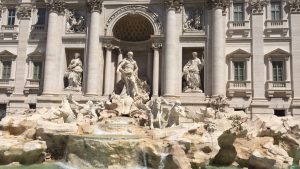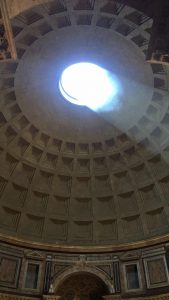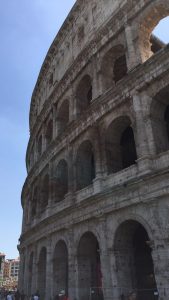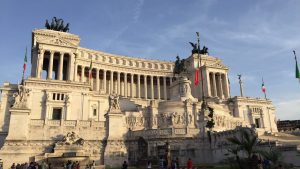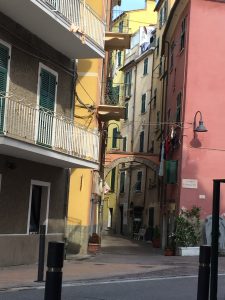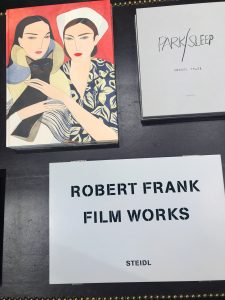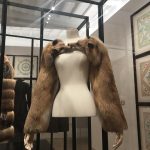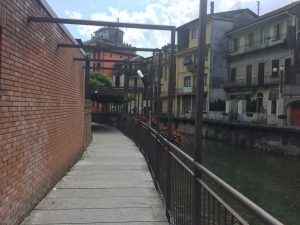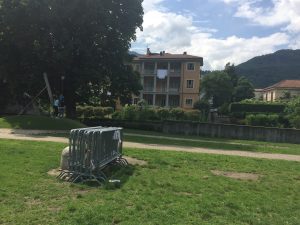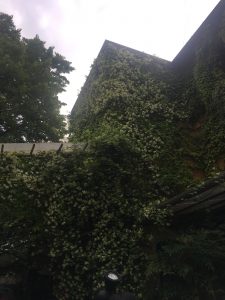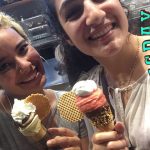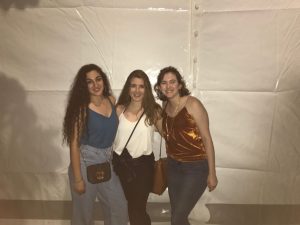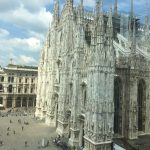It’s hard to believe that a week ago I landed in Milan. This week has felt like a daze and a dream – maybe because of the lack of sleep and jet lag, but it still hasn’t sunk in that I’m here.
The highlight this week for me was attending Milano Arch Week.
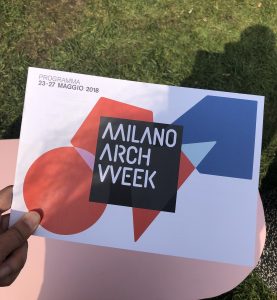
Early Sunday we started our day by taking the metro to the Triennale where we attended a presentation by Ippolito Pestellini Laparelli, Rotor, and Paolo Nicolin. They spoke about their various interventions in the city of Palermo, Italy. They wanted to create interventions that had a monumental view, increased accessibility and impact towards the citizens of Palermo. I found this presentation super interesting since not too long ago I created one for my Objects and Spaces class. It was cool to see their research and process of how they chose specific areas that were hidden or unused and created small changes within the environment to allow people to discover these plots of land, whether it be on a mountain or street.
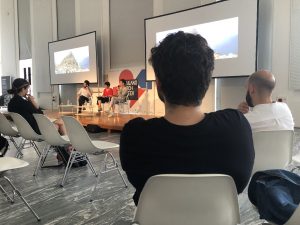
After the presentation, we decided to check out an exhibition at the Triennale. The name of the exhibition was Cyclopica which showcased the human side of infrastructure and the impact of it. My favorite part of the exhibition was an area within it that used audio to illustrate the idea of people working and the act of building it. Throughout the area, you would hear sounds of drilling or the trucks moving and see images of it which helped to immerse you in the experience and truly learn.
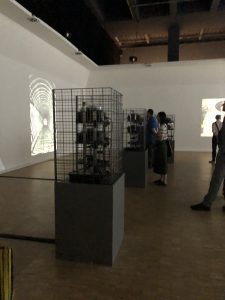
We ended the day by attending a lecture by Toyo Ito, a Japanese architect. At the last minute, the location of the lecture changed causing a lot of people, including myself to start running to the new location to get good seats. Thankfully we ended up getting seats close to the stage. He talked about the relation between his work and nature and how each building represented that relationship. I had seen his work prior to the lecture, so getting to see him in person was pretty special since it isn’t every day that you get to hear from a decorated architect like himself.
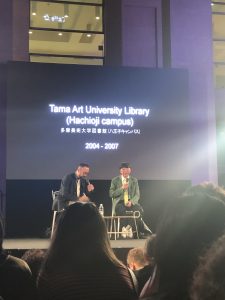
Attending Milano Arch Week was such a treat and even though I only went for a day, it taught me so much about documenting process, research and the relationship between architecture and nature.
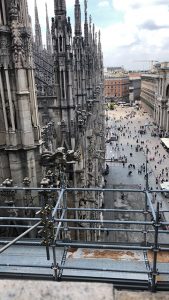 Over the course of this first week, Milan has proven to be better than I ever imagined. From the fascinating works we’ve studied, to even the streets we walk every day, nothing seems to even have the capability of “getting old.”
Over the course of this first week, Milan has proven to be better than I ever imagined. From the fascinating works we’ve studied, to even the streets we walk every day, nothing seems to even have the capability of “getting old.”


